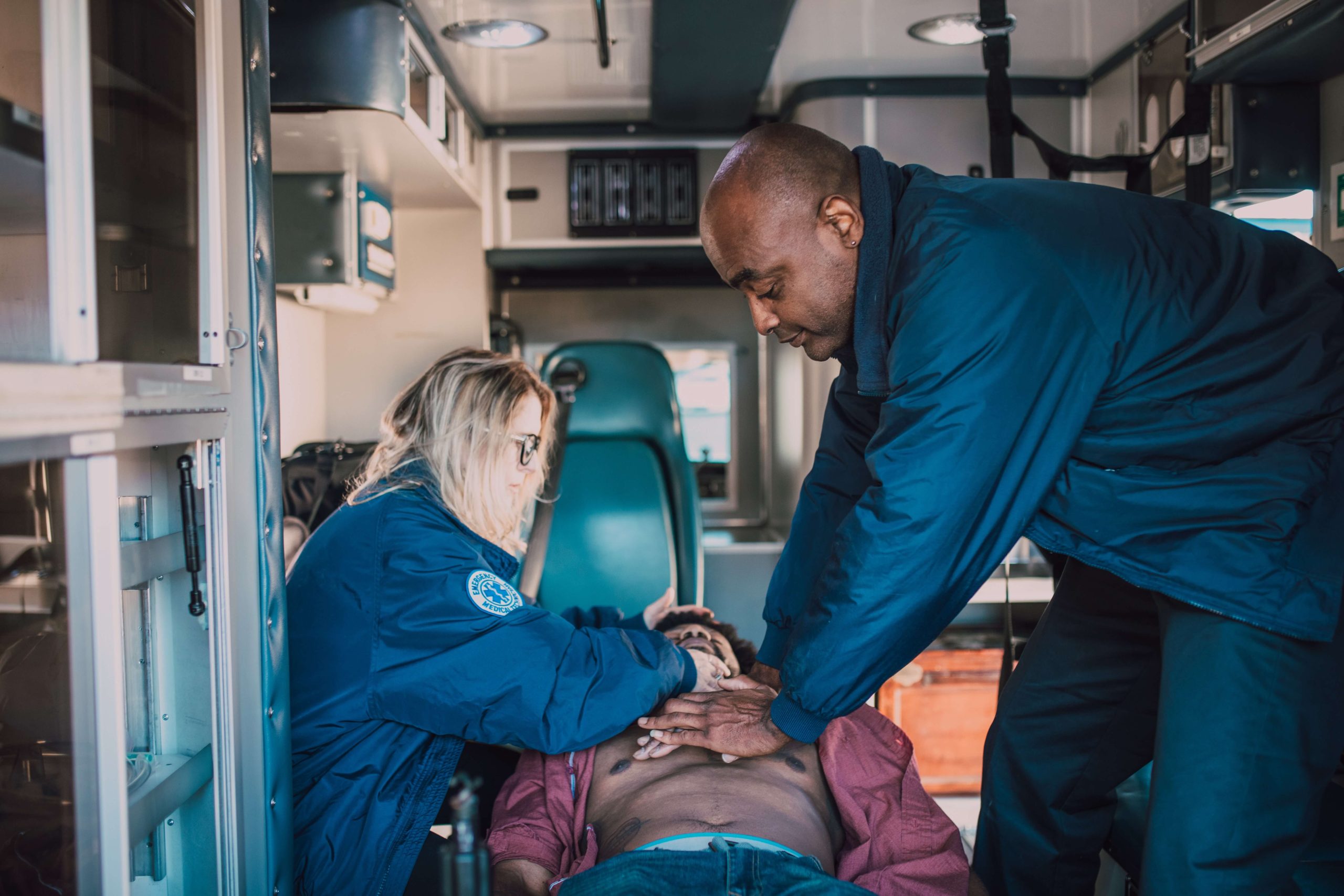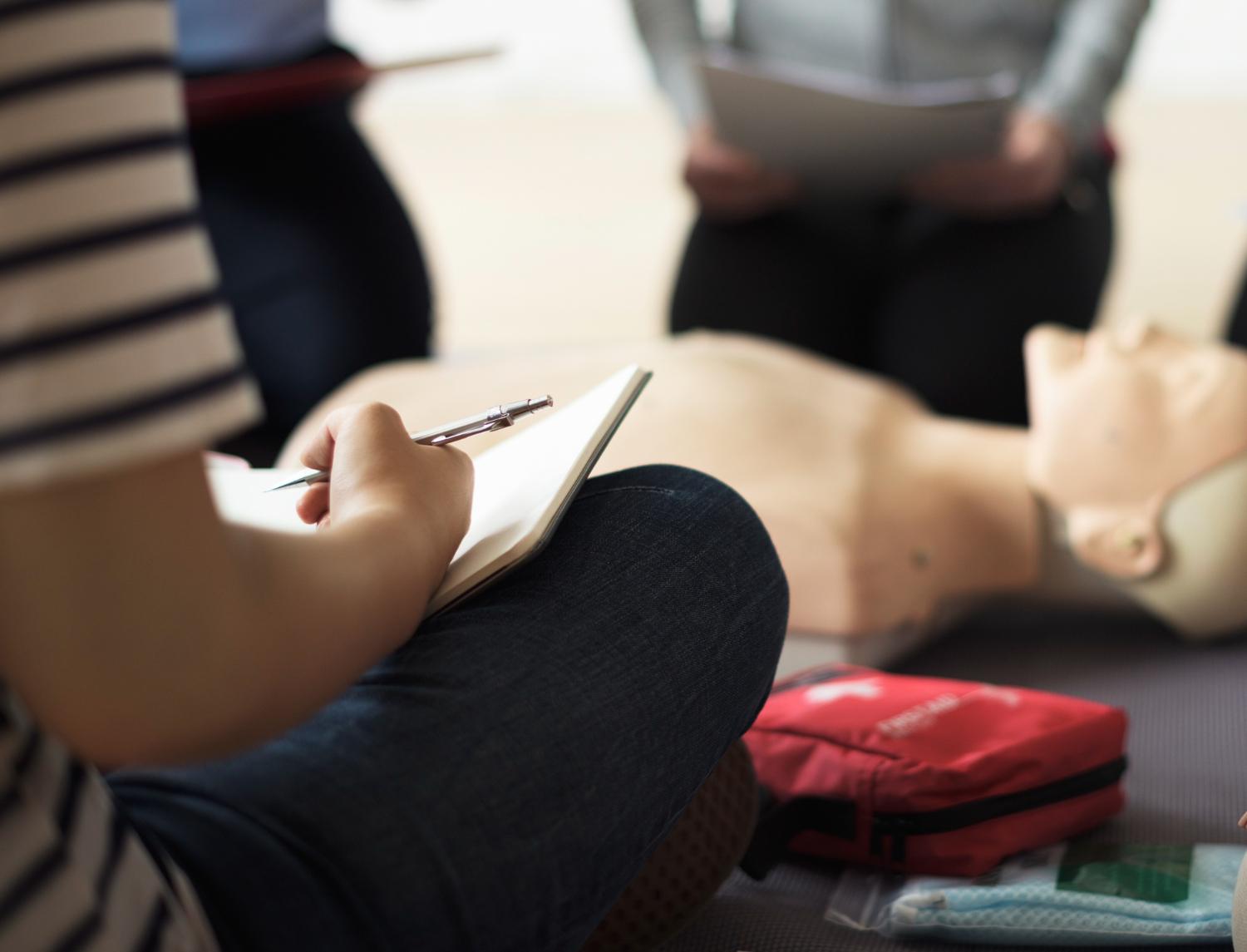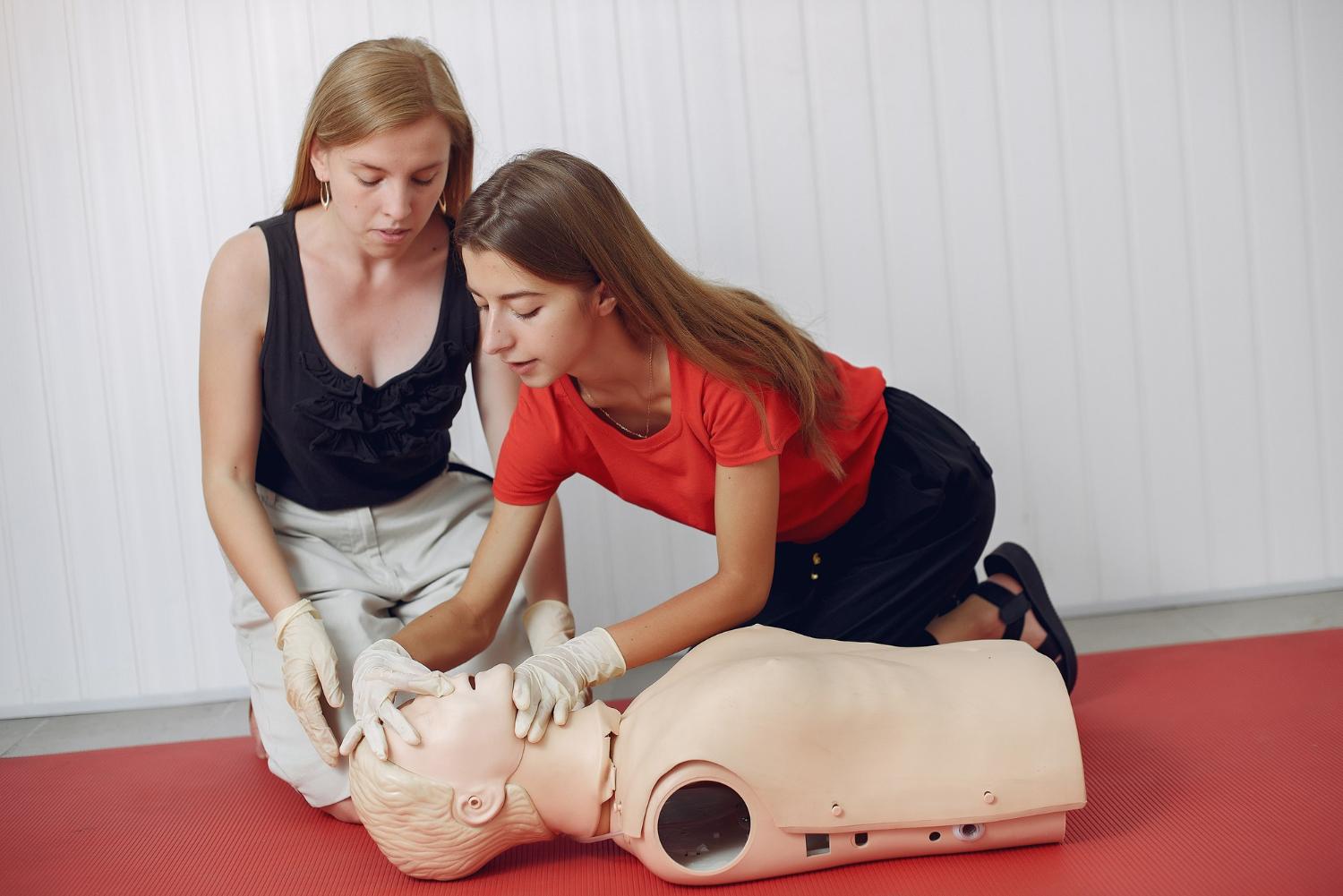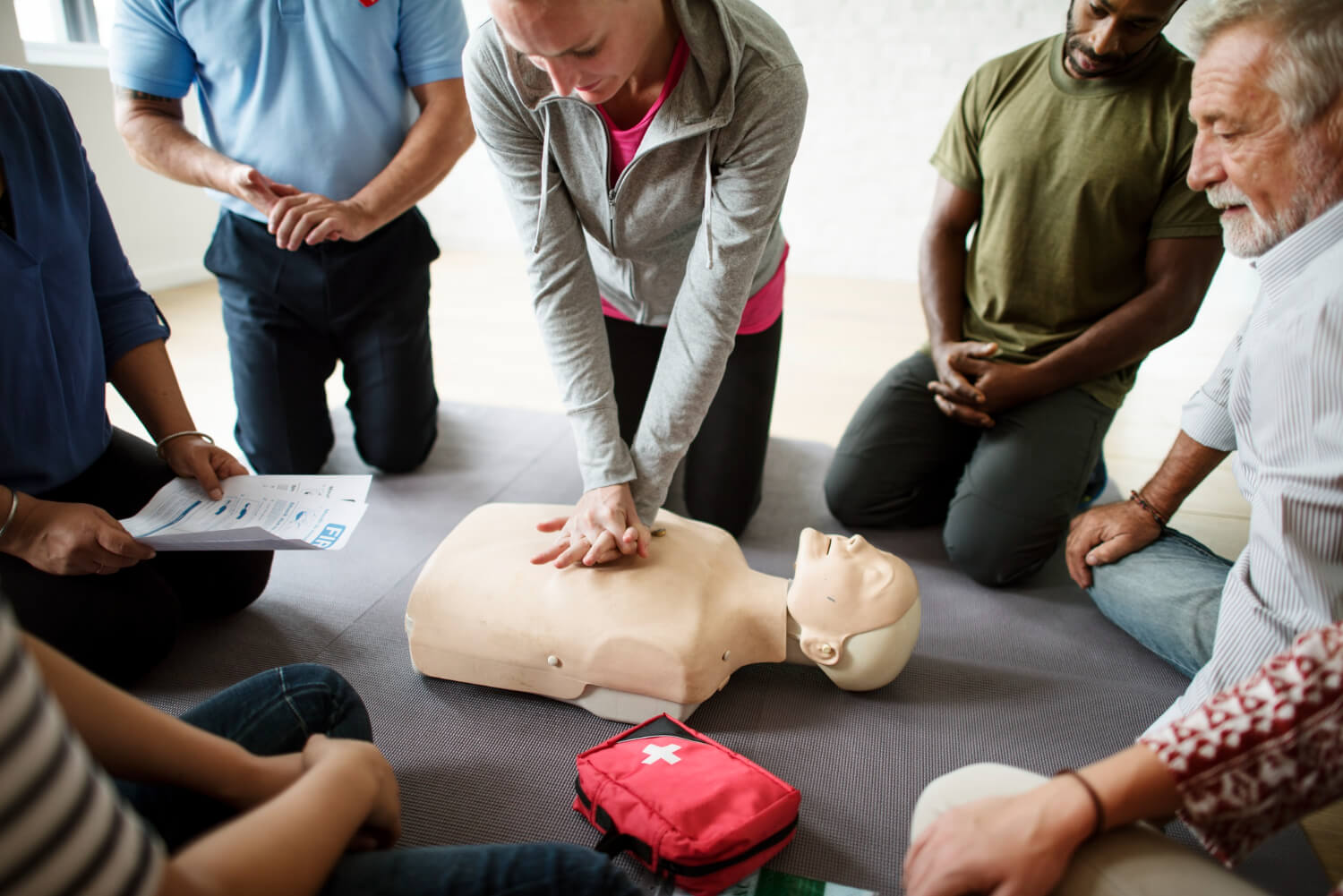Is It Essential for Expectant Parents to Take Baby CPR Classes?

Is It Essential for Expectant Parents to Take Baby CPR Classes?

Bringing a new life into this world is a joyous and exhilarating experience. Expectant parents eagerly anticipate the arrival of their little bundle of joy, but amidst the excitement, it’s essential to be prepared for any unforeseen circumstances. One such critical aspect of preparedness is learning infant CPR, a life-saving skill that can make a significant difference in emergencies. In this article, we’ll explore the importance of Baby CPR classes, what you can expect to learn, and how it can empower parents to handle emergency situations with confidence.
Why are Baby CPR Classes Vital?
Before diving into the details of what Baby CPR classes entail, let’s understand why they are so vital for expectant parents and caregivers.
1.Reacting Swiftly in Emergencies: Accidents and medical emergencies can happen at any time, even with the utmost care. Knowing CPR can mean the difference between life and tragedy. By learning the right techniques, parents can respond quickly and effectively during critical moments.
2.Peace of Mind: Parenthood can be overwhelming, and the fear of not knowing how to respond during an emergency can add to the stress. Taking CPR classes provides the knowledge and confidence needed to tackle emergencies, offering parents peace of mind.
3.Empowering Caregivers: It’s not just parents who benefit from learning infant CPR; caregivers, grandparents, and anyone involved in the baby’s care can gain invaluable skills to safeguard the little one’s well-being.
What Do Baby CPR Classes Cover?
Now that we’ve established the importance of Baby CPR classes, let’s delve into what these classes typically cover:
1.Infant CPR Techniques: CPR classes focus on teaching specific CPR techniques tailored for infants, taking into account their delicate physiology. Participants will learn how to administer chest compressions and rescue breaths appropriately.
2. Choking Situations: Choking is a common concern with infants. CPR classes equip parents and caregivers with the skills to handle choking emergencies safely.
3.AED Usage: Some CPR classes also include training on using Automated External Defibrillators (AEDs). While not common, this knowledge can be valuable in specific situations.
4.Drowning Incidents: Infants are curious explorers, and water-related accidents can occur. CPR classes often cover how to respond in the case of drowning incidents.
5.Recognition of Emergency Signs: Understanding the signs of a medical emergency in infants is crucial. CPR classes teach participants to recognize these signs promptly.
6.Hands-on Practice: CPR classes are not just theoretical; they involve hands-on practice on mannequins, enabling participants to gain confidence in their CPR skills.
FAQs about Baby CPR Classes
Here are some frequently asked questions about Baby CPR classes:
Who should take Baby CPR classes?
CPR classes are recommended for expectant parents, new parents, grandparents, and anyone involved in caring for infants.
When is the best time to take Baby CPR classes?
It’s ideal to take infant CPR classes during pregnancy or before the baby reaches six months of age. However, learning at any time is better than not learning at all.
How long do Baby CPR classes usually last?
CPR classes typically last for a few hours, depending on the curriculum and practical training provided.
Can I take online Baby CPR classes?
Yes, there are reputable online platforms that offer infant CPR classes. However, ensure that the course is accredited and includes hands-on practice.
Are there refresher courses available for Baby CPR?
Yes, many organizations offer refresher courses for Baby CPR to help participants stay updated on the latest techniques.
Do Baby CPR classes provide certification?
Some CPR classes provide certification upon successful completion, which can be valuable for certain professions or personal records.
Conclusion
As expectant parents, the well-being of your baby is of utmost importance, and being prepared for emergencies is an essential aspect of parenting. infant CPR classes equip you with the knowledge and skills needed to handle potentially life-threatening situations confidently. From learning specific infant CPR techniques to understanding how to respond to choking or drowning incidents, these classes cover a range of vital topics.
In the midst of the joy and anticipation surrounding your baby’s arrival, don’t forget the importance of being prepared. Consider enrolling in CPR classes to gain the peace of mind and confidence that comes from knowing you can protect your precious little one in times of need. Remember, it’s better to be prepared and never need the skills than to need them and not have them.
So, are you ready to take the first step towards becoming a confident and empowered parent? Contact CPR Classes Near Me and enroll in Baby CPR classes today. Because when it comes to your baby’s safety, there’s no room for compromise.
About Author:
admin
Recent Posts
- The ABCs of BLS: A Step-by-Step Guide for Beginners
- The Shocking Statistics of Cardiac Arrest: A Cause for Awareness
- Unveiling the Emotional Rewards of Saving a Life: Understanding the Hero Effect
- CPR for Different Emergencies: Beyond Cardiac Arrest
- The Vitality of CPR Training and Certifications: Lifesaving Beyond Expectations









